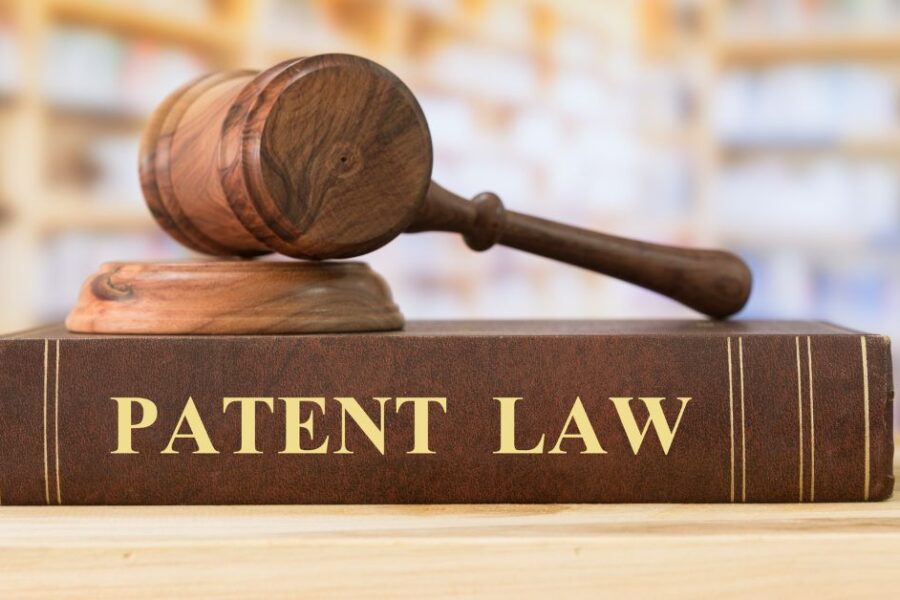In the realm of intellectual property rights, trade secrets and patents play crucial but distinct roles. Trade secrets protect confidential business information that provides a competitive edge, while patents grant exclusive rights to inventors in exchange for public disclosure of their inventions. However, the intersection of these two forms of protection presents unique challenges, particularly concerning the disclosure of trade secrets in the process of obtaining a patent. This article delves into the legal lacunae surrounding this intersection, examines the obligations of disclosure, and highlights potential remedies to balance the interests of innovators and public policy.
Trade Secrets and Their Legal Protection
Trade secrets encompass formulas, processes, designs, or other proprietary knowledge that confer a business advantage. The protection of trade secrets is governed under the Trade Secrets Act in various jurisdictions, such as the Uniform Trade Secrets Act (UTSA) in the United States or similar provisions in other countries. To qualify as a trade secret, the information must meet the following criteria:
Confidentiality: The information must be kept secret, and reasonable efforts must be taken to maintain its confidentiality.
Economic Value: The secrecy of the information must provide economic value.
Not Generally Known: The information must not be publicly available or easily ascertainable.
Unlike patents, trade secrets do not require registration or disclosure to any authority and can theoretically last indefinitely as long as confidentiality is maintained.
Patents and the Requirement of Disclosure
Patents, governed by statutes such as the Patents Act, 1970 in India or the Patent Act in the United States, offer inventors exclusive rights to their inventions for a specified period, typically 20 years. However, this monopoly is contingent upon full and clear disclosure of the invention in the patent application, a principle enshrined in Sections 10(4) and 25(1) of the Indian Patents Act and in similar provisions internationally. This disclosure serves the dual purpose of advancing public knowledge and enabling others to replicate the invention once the patent expires.
The Conflict Between Trade Secrets and Patent Disclosure
The obligation to disclose an invention while applying for a patent often necessitates the revelation of trade secrets. This creates a dilemma for businesses and innovators:
Risk of Misappropriation: Once a trade secret is disclosed in a patent application, it loses its confidential status and becomes vulnerable to misappropriation if the patent is not granted.
Interim Exposure: During the period between filing and grant or rejection of the patent, the disclosed information is published, often without the safeguard of trade secret protection.
Limited Scope of Protection: Trade secrets that are disclosed but do not qualify as patentable subject matter are left unprotected.
Legal Lacunae in Existing Frameworks
Several gaps exist in the legal frameworks governing the transition from trade secret protection to patent protection:
No Interim Safeguards: Patent laws often lack provisions to protect trade secrets disclosed during the application process. For instance, Section 11A of the Indian Patents Act mandates publication of patent applications after 18 months, exposing trade secrets even before a patent is granted.
Unclear Boundaries: The distinction between what constitutes necessary disclosure for a patent and what remains protected as a trade secret is ambiguous, leading to inadvertent over-disclosure.
International Disparities: Different jurisdictions offer varying levels of protection, creating challenges for inventors seeking global patent protection.
Lack of Remedies for Unsuccessful Applications: Inventors whose applications are rejected have little recourse to reclaim the confidentiality of their disclosed trade secrets.
Judicial Precedents and Case Law
Courts have occasionally addressed the conflict between trade secrets and patent disclosure. Key cases include:
Festo Corp. v. Shoketsu Kinzoku Kogyo Kabushiki Co. (2002): This U.S. Supreme Court case highlighted the risks of disclosure, emphasizing the importance of clarity in patent applications to avoid jeopardizing proprietary information.
Novartis AG v. Union of India (2013): The Indian Supreme Court underscored the stringent disclosure requirements for patent applications but did not address protections for trade secrets disclosed in the process.
DuPont v. Kolon Industries (2011): This case demonstrated the devastating impact of trade secret misappropriation but highlighted the challenges of dual protection when transitioning to patents.
Policy Considerations and Comparative Jurisprudence
Some jurisdictions have implemented measures to mitigate the risks associated with disclosing trade secrets during patent prosecution. For example:
Non-Disclosure Agreements (NDAs): The United States Patent and Trademark Office (USPTO) allows applicants to request non-publication of patent applications under certain circumstances.
Provisional Applications: These allow inventors to file a preliminary application to establish a filing date while deferring full disclosure.
Secrecy Orders: Under Section 35 of the U.S. Patent Act, secrecy orders may be imposed to prevent publication of sensitive inventions.
However, these measures are not universally adopted, and gaps remain in harmonizing international laws.
Recommendations for Addressing the Lacunae
To bridge the gaps in the existing legal framework, the following measures can be considered:
Strengthen Confidentiality Protections: Amend patent laws to include interim protections for trade secrets disclosed during the patent application process, ensuring they remain confidential until a patent is granted.
Enhanced Provisional Applications: Encourage the use of provisional applications with stricter confidentiality safeguards.
Clear Guidelines on Disclosure: Establish clearer guidelines delineating the scope of disclosure required for patent applications to avoid over-disclosure of trade secrets.
Remedies for Rejected Applications: Provide mechanisms for inventors to reassert trade secret protection for information disclosed in rejected patent applications.
International Harmonization: Work towards harmonizing trade secret and patent laws globally to ensure consistent protection for inventors.
Conclusion
The interplay between trade secret protection and patent disclosure is fraught with challenges, exacerbated by legal lacunae in existing frameworks. Innovators are often caught in a dilemma, forced to choose between retaining secrecy or pursuing exclusive rights. By addressing the gaps in laws and providing robust safeguards, policymakers can strike a balance that promotes innovation while protecting proprietary information. The need for reform is imperative to ensure that the legal system evolves to meet the dynamic demands of the modern innovation landscape.

